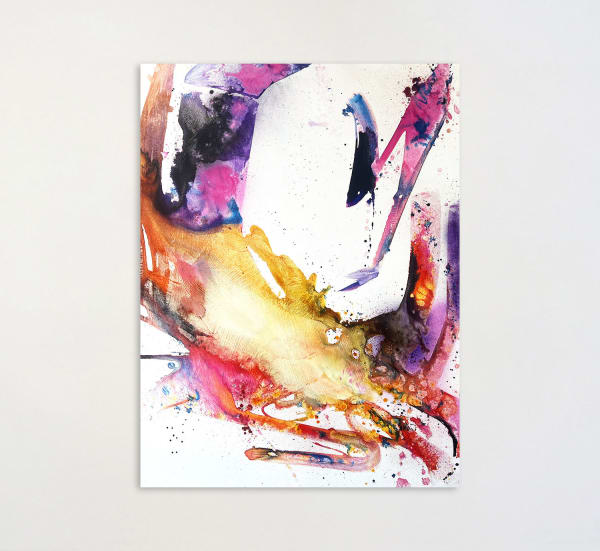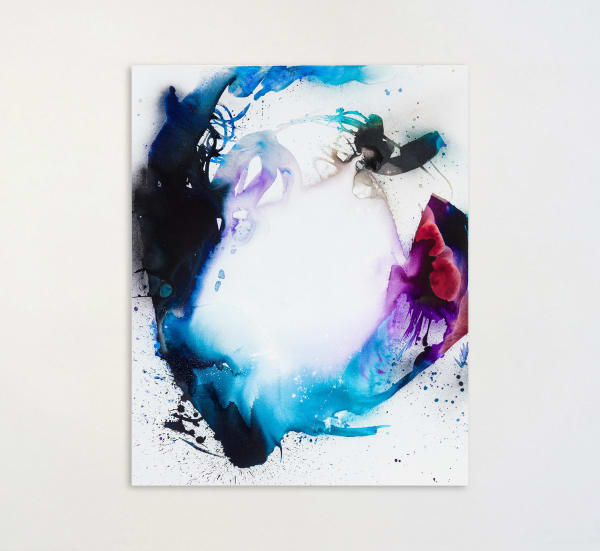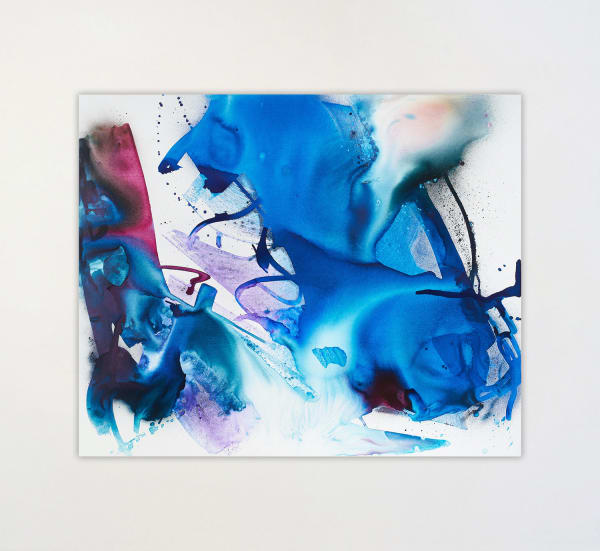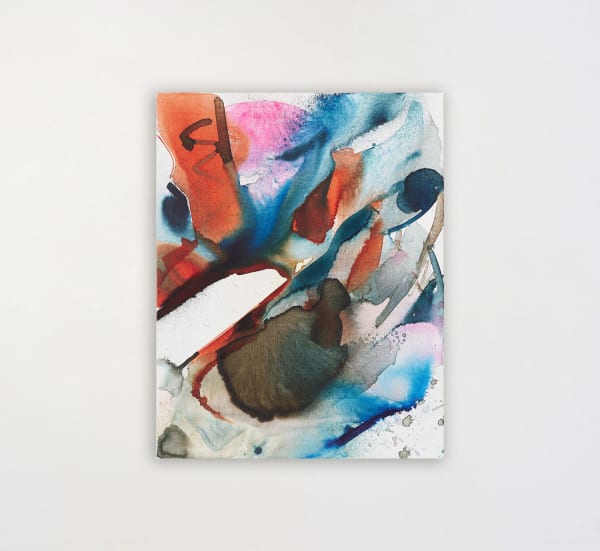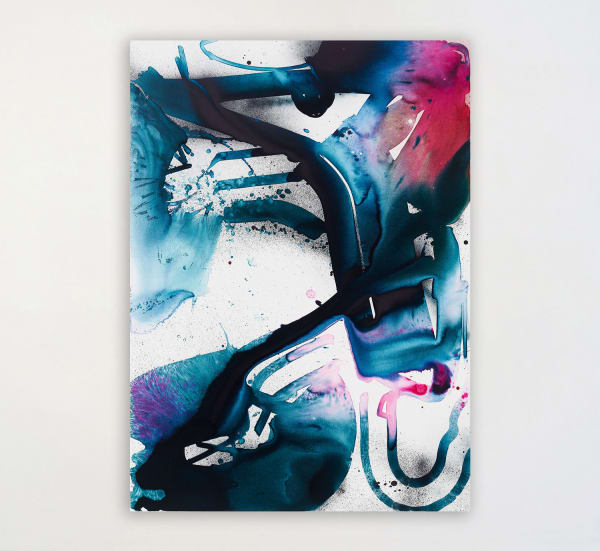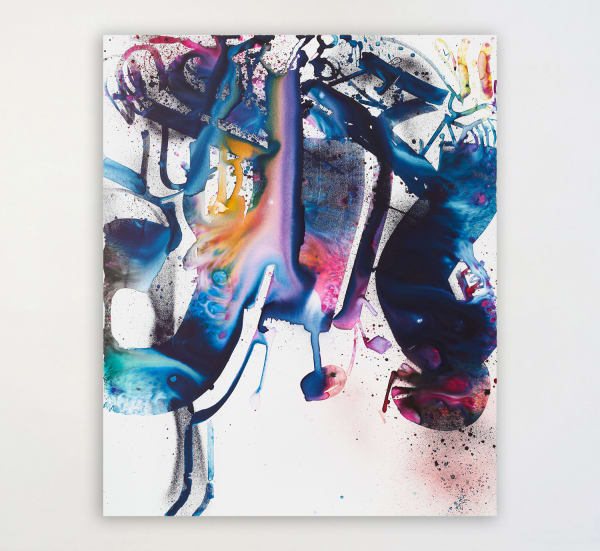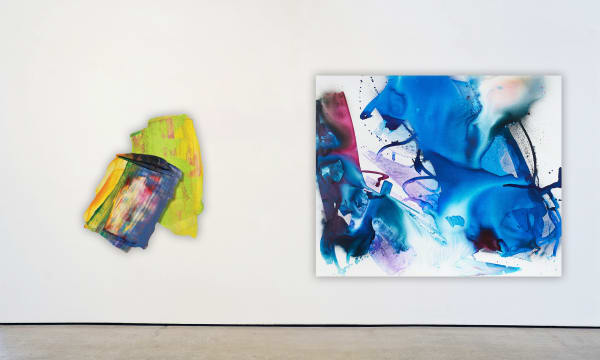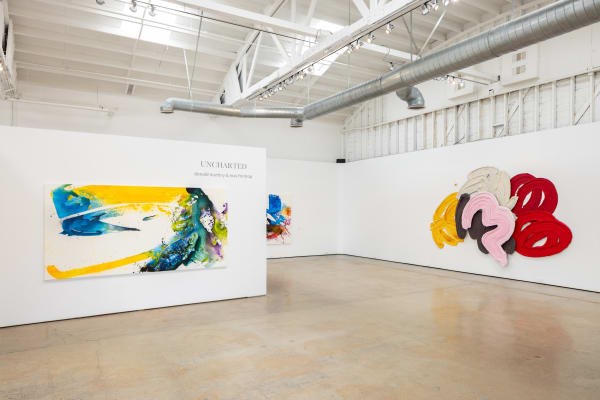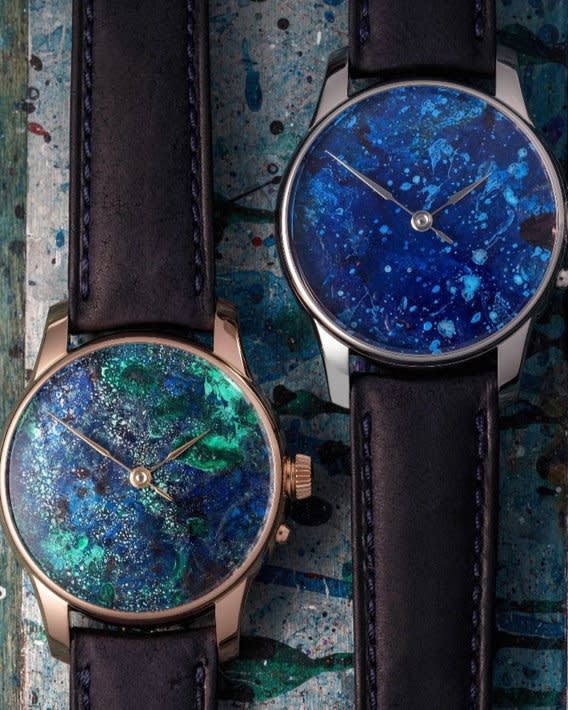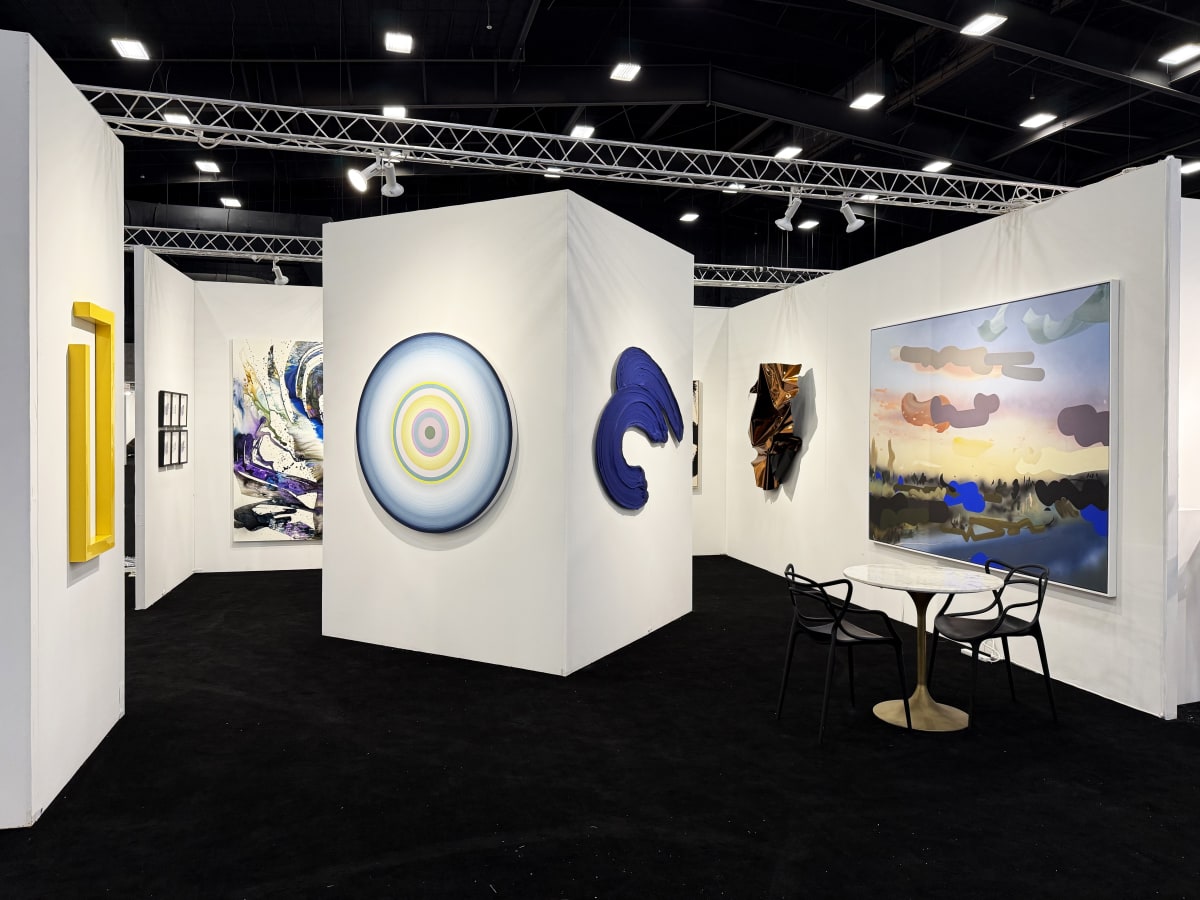Max Frintrop German, b. 1982
-
 Access all areas, 2025
Access all areas, 2025 -
 Princess Hotdog, 2025
Princess Hotdog, 2025 -
 What they have now is way better, 2025
What they have now is way better, 2025 -
 Back to Back, 2024
Back to Back, 2024 -
 Discover Consciousness, 2024
Discover Consciousness, 2024 -
 Flipping like That, 2024
Flipping like That, 2024 -
 Hermoso, 2024
Hermoso, 2024 -
 Hungover in the Younger Dryas, 2024
Hungover in the Younger Dryas, 2024 -
 Live From DC, 2024
Live From DC, 2024 -
 Para, 2024
Para, 2024 -
 Peaches Peaches, 2024
Peaches Peaches, 2024 -
 Phenoltype, 2024
Phenoltype, 2024 -
 POM, 2024
POM, 2024 -
 Purple Ferrari, 2024
Purple Ferrari, 2024 -
 Quetzalcoatl, 2024
Quetzalcoatl, 2024 -
 Silex, 2024
Silex, 2024 -
 Spend Time Not Money, 2024
Spend Time Not Money, 2024 -
 Untitled, 2024
Untitled, 2024 -
 Watercolor Installation, 2024
Watercolor Installation, 2024 -
 Who Knew, 2024
Who Knew, 2024 -
 Winner Circle, 2024
Winner Circle, 2024 -
 Ani, 2023
Ani, 2023 -
 Untitled (Spearking), 2023
Untitled (Spearking), 2023 -
 Untitled (Effulgent Information), 2022
Untitled (Effulgent Information), 2022 -
 Capri, 2020
Capri, 2020 -
 How to Live, 2020
How to Live, 2020 -
 Lake Success, 2020
Lake Success, 2020 -
 Material Girl, 2020
Material Girl, 2020 -
 The Luck of Brooklyn, 2020
The Luck of Brooklyn, 2020 -
 Under HPLS Pillow, 2020
Under HPLS Pillow, 2020 -
 With the breast implants they can't bury you, 2020
With the breast implants they can't bury you, 2020
Max Frintrop, born in Oberhausen in 1982, now lives and works in Dusseldorf. After studying under Albert Oehlen at the Dusseldorf Art Academy, Frintrop became interested in combining the emotive, gestural quality of abstract expressionism and the relative rigidity of constructivism. Influenced by hard lines, rigid placement of paint, and significant size of his work, yet still playing into the spontaneity of gestural abstraction; Frintrop has created a perfectly balanced duality.
Max Frintrop is an artist who values the act of making a painting in what can be described as an old-fashioned manner as he values a close and professional examination of painting materials and painting techniques.
As is the case with many great abstract painters, Frintrop also began by working in figurative mode. His concern for content, however, carried over into non-referential, linear works-artworks that began shifting away from placing the visual focus on the scene unfolding on the canvas and instead onto the relationships between the arrangements of forms. The networks of brightly colored lines that dominate Frintrop’s paintings operate like conduits of energy, shuttling the eye back and forth across the painting’s surface, invoking a relationship to the Constructivist tradition.
Frintrop’s paintings are still always quite picturesque in terms of their exploration of the classic interplay between foreground and background. His strokes are very strong yet also smooth and flat: gestures that play out in the inevitably fictive space of the canvas.
Frintrop’s makeshift broom – brush hybrid is a highly effective tool for making a painting. Take, for example. Pollock, who with his seminal drip paintings of 1947 -1950, moved away from the conventional brush to a stick, in order to channel and direct the liquid flow of paint on the canvas by lying down horizontally on the floor in a prostrate position, much like Frintrop did too. Wanting to be close and directly in contact with materials themselves, Pollock found even the bristles of the brush to be too much of an impediment: he wanted to shape a material activity rather than be subject to outdated painterly conventions.
Formally speaking, these paintings took a huge leap forward when Frintrop developed the innovative technique of spraying and spreading ink through a broom-like device, often requiring him to work quickly and skillfully, since every decision he makes with the quick-drying ink immediately sets in stone and cannot be undone. As a result, this may be the reason why it’s taken Frintrop the past few years to work up to increasingly complex and difficult to pull off visual masterpieces.
Frintrop’s influences collided into his very distinctive style; one that utilized the organic and sentimental marks of his favored mediums: acrylic and pigment. His vibrant color palette, yet abundance of negative space creates tangible tension within his works, as he seeks to find a balance between “precision and looseness”.
“To really know what these paintings are, you should be here.” -Max Frintrop

















